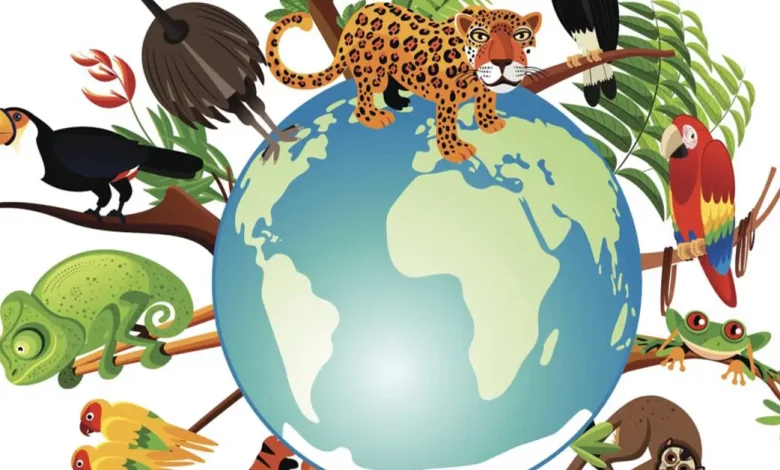
Context- Recently Cameroon has adopted the Nagoya Protocol on Access and Benefit Sharing.
About
- The Nagoya Protocol on Access to Genetic Resources and the Fair and Equitable Sharing of Benefits Arising from their Utilization (the Protocol) is a legally binding international agreement that implements the access and benefit-sharing responsibilities of the Convention on Biological Diversity (CBD).
- It was adopted by the CBD in Nagoya, Japan, in October 2010 and came into force on October 12, 2014, 90 days after the deposit of the 50th instrument of ratification.
- It contains a transparent legal framework for the powerful implementation of one of the three objectives of the CBD: the fair and equitable sharing of benefits arising out of the utilisation of genetic resources.
What are the benefits?
- It establishes a framework that helps researchers access genetic resources for biotechnology research, improvement, and other sports, in return for an honest share of any benefits from their use.
- This gives the research and improvement quarter with the knowledge they want to invest in biodiversity-primarily based research.
- Indigenous and local groups may additionally receive blessings via a legal framework that respects the cost of traditional expertise related to genetic sources.
- What does the Nagoya Protocol cowl?
- It applies to genetic resources which are included by way of the CBD, and to the blessings arising from their utilization.
- It additionally covers conventional expertise (TK) related to genetic sources which might be covered by the CBD and the advantages bobbing up from their usage.
- Key Facts about Convention on Biological Diversity (CBD):
- CBD, with presently 196 contracting events, is the most comprehensive binding international agreementin the sphere of nature conservation and the sustainable use of herbal resources.
- It became opened for signing on the UN Conference on Environment and Development in Rio de Janeiro in 1992.
- It has three overarching objectives:
- The conservation of biological variety (genetic range, species range, and habitat range).
- The sustainable use of biological variety.
- The honest and equitable sharing of the advantages springing up out of the utilisation of genetic sources.
- It covers biodiversity in any respect levels: ecosystems, species, and genetic resources.
- The Conference of the Parties (COP) isthe maximum political decision-making frame of the Convention.
- The Secretariat is primarily based in Montreal, Canada.
- To aid implementation of the CBD objectives, the world over binding agreements were followed within the framework of the Convention on Biological Diversity.
- The Cartagena Protocol, which become adopted in 2000 and entered into force in 2003, regulates the transboundary movement of dwelling modified organisms (LMOs).
- The Nagoya Protocol, adopted in 2010, establishes a legally binding framework for get entry to to genetic sources and the truthful and equitable sharing of the benefits springing up from their use.
Source: The Hindu





.png)



